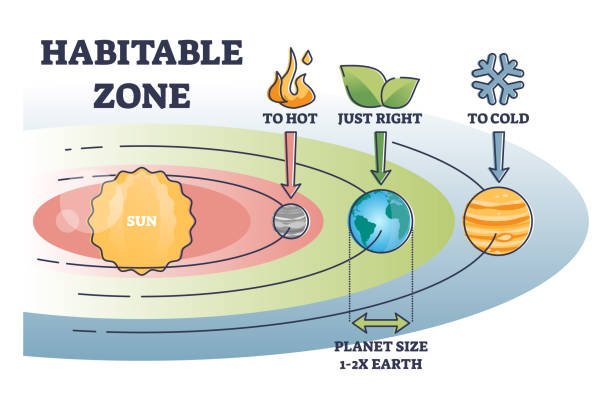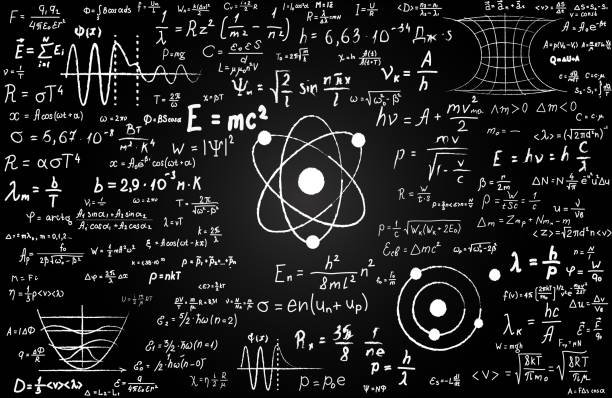Which Other Planets are Closer to the Goldilocks Zone
The Goldilocks Zone: Other Planets in the Habitable Range
The Goldilocks Zone, also known as the habitable zone, is the region around a star where conditions are just right – not too hot, not too cold – for liquid water to exist on the surface of a planet. This zone is considered vital in the search for extraterrestrial life since water is a key ingredient for life as we know it. Our Earth resides in the Sun’s Goldilocks Zone, but there are other planets within our Solar System and in exoplanetary systems that also lie within this critical range.
Which Other Planets are Closer to the Goldilocks Zone
In our Solar System, Mars is on the outer edge of the Sun’s Goldilocks Zone, and although it’s not ideally situated, it’s considered the closest other planet to this habitable range. Beyond our Solar System, several exoplanets, including Kepler-22b, Proxima Centauri b, LHS 1140 b, and the planets in the TRAPPIST-1 system, have been discovered in the Goldilocks Zones of their respective stars.
Within Our Solar System
In our Solar System, the Goldilocks Zone is fairly narrow, and Earth is the only planet that comfortably resides within it. However, some of the Solar System’s moons may have subsurface oceans that could theoretically support life. Let’s explore:
- Mars: Though currently cold and arid, Mars is on the outer edge of the Sun’s habitable zone. There is evidence of liquid water in the past, and subsurface water might still exist.
- Some Moons of Jupiter and Saturn: Moons like Europa (Jupiter) and Enceladus (Saturn) are outside the Goldilocks Zone but have subsurface oceans heated by tidal forces, potentially creating habitable conditions.
Exoplanets in the Goldilocks Zone
The discovery of exoplanets, or planets outside our Solar System, has expanded our understanding of where life might exist. Many exoplanets have been found in the habitable zones of their stars:
- Kepler-22b: Orbiting a star similar to the Sun, Kepler-22b lies in the habitable zone and might have conditions suitable for life.
- Proxima Centauri b: This exoplanet orbits the star Proxima Centauri, our closest stellar neighbour, and is located in the Goldilocks Zone.
- LHS 1140 b: This super-Earth lies in the habitable zone of its star and is one of the best-known candidates for studying the atmospheres of potentially habitable exoplanets.
- TRAPPIST-1 System: The TRAPPIST-1 system has three Earth-sized planets in the habitable zone, making it a remarkable target for the search for alien life.
Conclusion
The concept of the Goldilocks Zone has broadened our search for life beyond Earth. Within our Solar System, planets like Mars and various moons may offer a glimpse into different habitable environments. Meanwhile, the discovery of exoplanets in the Goldilocks Zones of other stars provides exciting possibilities for finding worlds with conditions similar to Earth. The continued exploration of these regions, through telescopes and future space missions, will hopefully unlock more secrets about the potential for life elsewhere in the universe.




